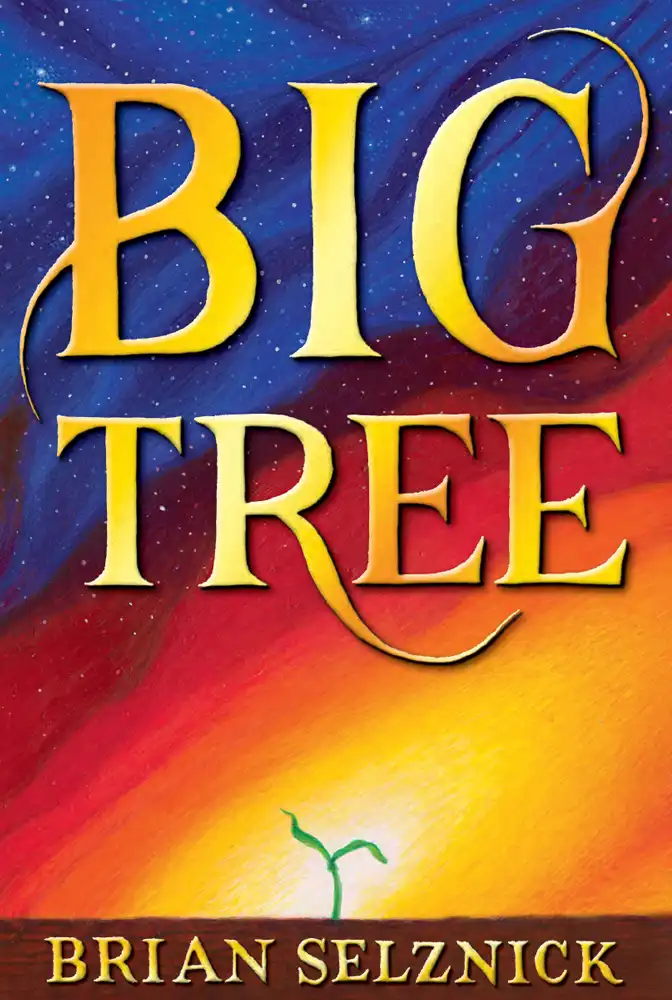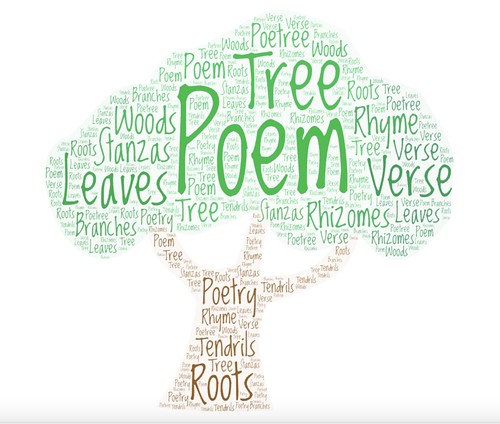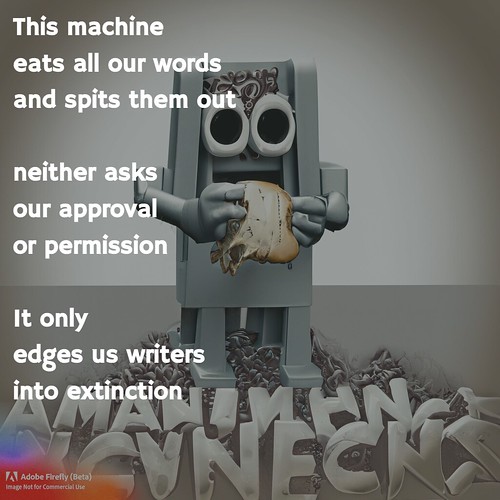
The National Writing Project just kicked off its annual summer writing adventure called Write Across America, in which various NWP sites host online gatherings and share place-based prompts to spark writing. I missed the first session from the Hawai’i Writing Project, but the presentations are archived, so I went in to see what had been happening.
One of the prompts had to do with the native Hawaiian concept of Mo’olelo — a way to be spiritually connected to the native world — and it was described here. I liked this ending of that post: “Everything in the world was alive with a presence, vitality, and meaning that our worldview does not recognize.”
I am not suggesting that I completely understand the concept. I am not a native Hawaiian and my roots to my land seems less connected that I would like. But I used that idea of connection to the spirit of the land for a poem response.
Here’s what I wrote:
we
don’t listen
we
barely hear
we
forget noticing
we
lose ourselveswe
the stories
of the world
embedded in this place
remain undiscoveredwe
wander this terrain
of rock and soil
and riverwe
need to linger
longer in the quiet,
listening forus
we
should listen
we
can hear
we
are noticing
we
find ourselveshere
Peace (and Roots),
Kevin







